It’s been over a year since we are fighting the coronavirus pandemic. While bureaucrats and administrators across the country are doing their job in controlling the situation, the role of medical professionals working in the administration has gone realtively unnoticed.
Recently, Haryana CM gave orders to engage top IAS and IPS officers with a degree in medicine to help the state government in tackle the ongoing Covid pandemic. Let’s talk about a few doctor-turned-bureaucrats who have been credited with exceptional inititatives that led to a turnaround amid crisis.
1. From not having a single liquid oxygen plant or tank last year to 2 oxygen plants now, this tribal district in Maharashtra has managed the current crisis of oxygen shortage exceptionally well.
During the first wave of coronavirus, the Nandurbar district had faced a gigantic crunch of doctors and it was a challenge to find medical experts. So, Dr. Rajendra Bharud, District Collector, roped in all local doctors and trained them to perform important procedures such as monitoring oxygen levels and intubation. With the foresight to make the district self-reliant in terms of oxygen requirement, he set up a oxygen plant at the cost of ₹85 lakh.
In a telephonic conversation with The Week, he talked about what prompted him to take action.
I believed that soon a time could come when there could be a desperate need for oxygen and so we set up a plant with a capacity of 600 litre per minute, when there weren’t many cases and we had enough time on our hands.
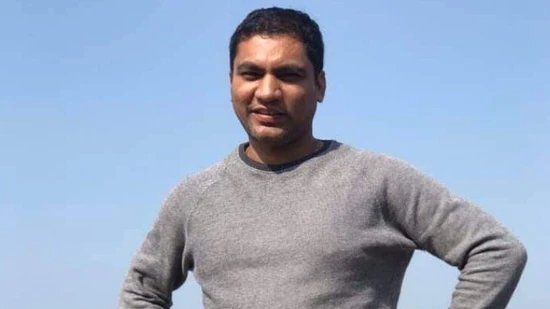
During the second wave of COVID-19, Nandurbar reported as many as 1200 cases within 24 hours. He mobilised funds from district planning and development and the state disaster relief fund to set up two more oxygen plants at the district hospital.
Oxygen is supplied to patients directly through pipes instead of cylinders and Dr. Rajendra also made sure that patients were given oxygen as soon as their saturation levels fell without waiting for the critical stage. This according to him saves 60% of oxygen.
2. East Siang district of Arunachal Pradesh reported zero COVID cases last week after a gap of 27 days.
District Collector, Dr. Kinny Singh, tweeted about this.
Zero Covid Cases detected today in the District after a gap of 27 days..saving the date!
— Dr Kinny Singh (@SinghKinny) May 9, 2021
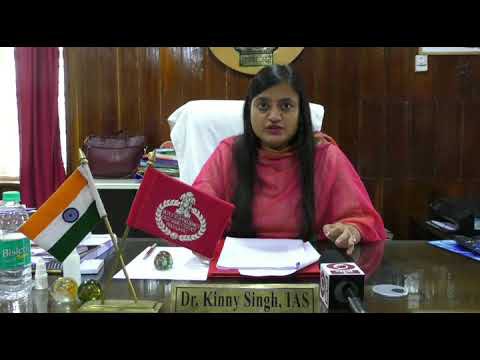
3. Dr. Pankaj Ashiya, a 2015 batch IAS officer, is credited to have done a good job in curbing the COVID-19 cases in Malegaon, Maharashtra.
He was appointed as a Special Monitoring Officer at Malegaon Emergency Operation Centre in April 2020 and succeeded in bringing Malegaon out of COVID hotspot. After working there for 2 months, he was appointed as the commissioner for Bhiwandi Nizampur City Municipal Corporation, another COVID hotspot near Mumbai. He ensured that the pandemic was under control in the town.
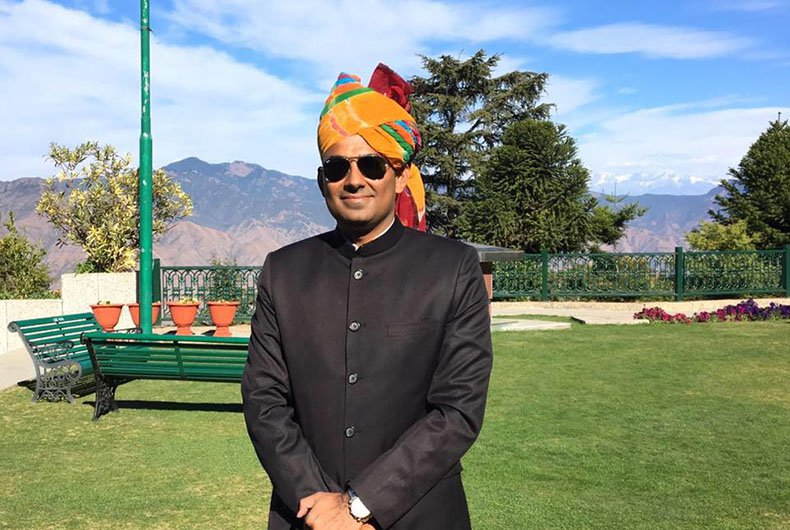
4. Dr. Divya V Gopinath, an IPS officer successfully convinced people in a coastal village of Kerala to follow COVID guidelines.
When Poonthura was made a containment zone, its residents were not ready to accept restrictions and even prevented a testing team from collecting samples. Dr. Divya was then deputed in the village to reach out to people and explain them the importance of following protocols. This is how she addressed the village residents.
More than the police, I am a doctor. So please listen to me.
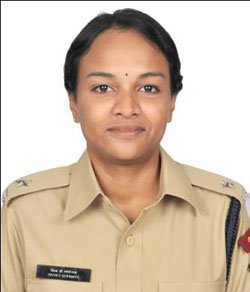
5. Dr. Vipin Jain, a 2016-batch IAS officer did a commendable job in the Ballia district of UP.
Due to his interventions, Ballia’s COVID-19 mortality rate could be restricted to within 1%, last year. Dr. Vipin used his medical knowledge and emphasized on extensive testing much before others. Technicians were trained and sent to collect samples in high incidence areas at the time of migrant influx in April 2020.
Speaking to ET, he said:
We initially started with random sampling but soon shifted to targeting sampling. This included not just migrant workers but also those in the high mortality bracket.
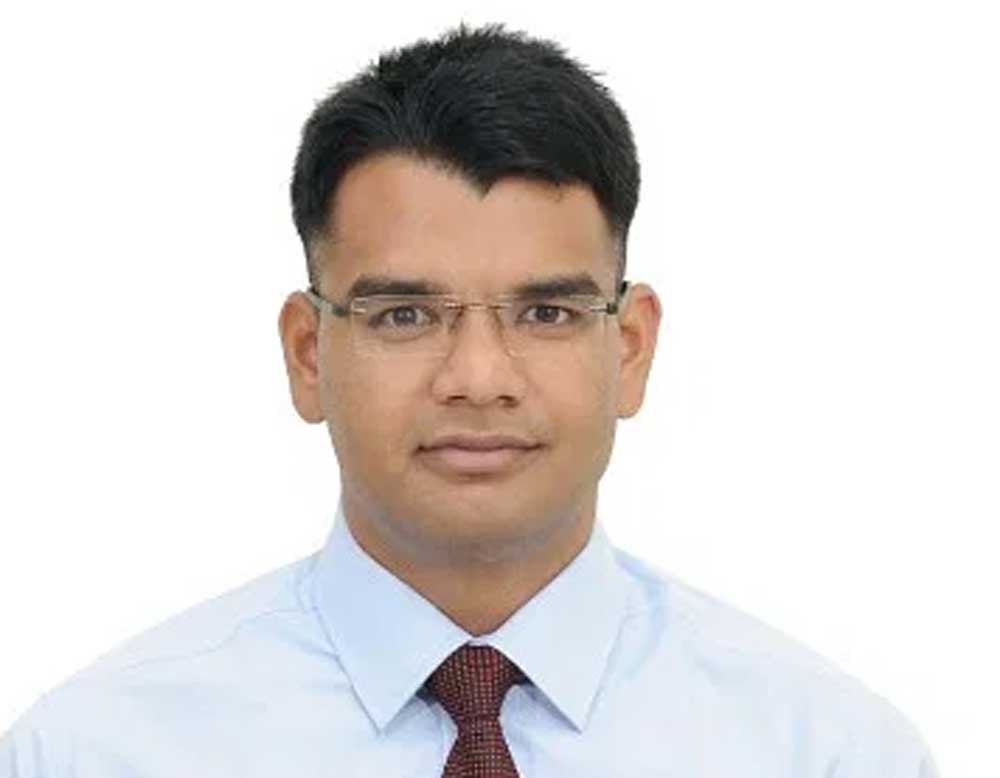
Kudos to these civil servants who are using their knowledge in the medical field in administration and bringing about the much-needed change.

















